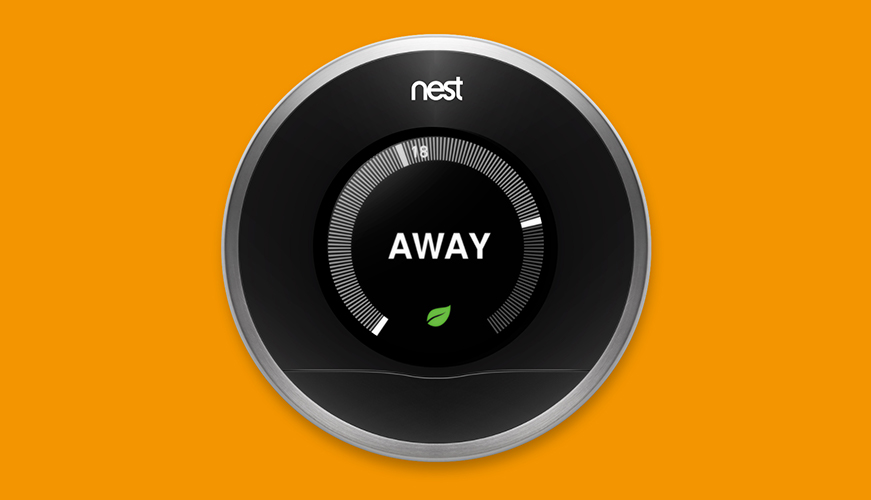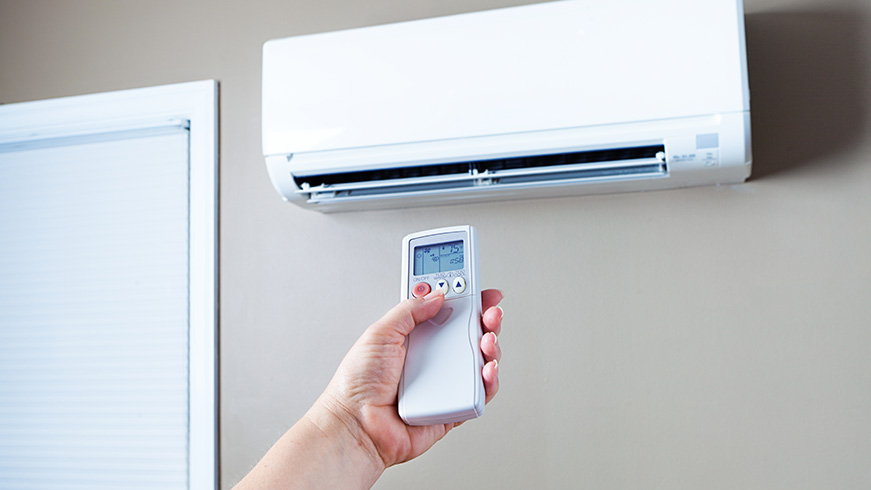Energy costs are on the rise, and the consequences of decades of burning fossil fuels that release greenhouse gasses are affecting our weather and endangering our own existence. This tragic scenario has the potential to become even worse, but there are things you can do to help preserve our planet. One of the best ways to make a difference is by having an energy efficient home. This will help to save the planet in addition to saving money on your electricity bill. The average family spends more than $2000 on utility bills each year, but you can hold onto a substantial portion of that money by being smart about your energy choices. It’s not often that you can be both cost effective and good for the environment, but by taking a closer look at these points, you’ll be able to lead the way in saving energy.
1. GET AN ENERGY EFFICIENCY AUDIT
It seems logical that the first step toward saving energy is detecting how you may be wasting energy. An energy audit is a visit made by an energy professional who inspects your home to determine where efficiency can be improved and waste can be reduced. Make sure you follow the advice given, and if there are expensive things to take care of, ask for a more affordable option or a second opinion. Once you’ve had an energy efficiency audit, start the repair process ASAP to turn your house into an energy efficient home.
2. INSULATE AND SEAL LEAKS
Make sure your house is properly insulated because insulation keeps the cool air in during the summer and the warm air in when it’s cold. Attics and basements tend to get neglected because they don’t get used on a day-to-day basis, but a large amount of heated or cooled air can escape from storage spaces like these. You can measure the level of insulation yourself, and if your attic has less than 11 inches of fiberglass or 8 inches of cellulose, you should consider adding more. Also, leaks that allow cold air to slip into your house and drive up your heating bill are often found around doors and windows. Fill these with foam sealant and frequently check for new cracks or seams that may have developed.
3. GO WITH THE FLOW
A good energy-saving practice is to regulate your water consumption with low-flow fixtures or restrictor valves, which are inexpensive and easy to install. According to government data, this kind of addition to your house can reduce your water consumption by at least 50% and save you around $145 per year. That’s equal to several visits to the movies with your family or getting that cool, new gadget you’ve been waiting for.
4. LET THERE BE LIGHT
Proper lighting is vital to our daily functioning, and it’s one of the unavoidable expenses in our homes. One way to save some energy and money in the long term is to exchange your regular incandescent bulbs for fluorescent or LED bulbs throughout the house. LED bulbs last 20 times longer and give off more light while using much less energy. Think of this as an investment. While they are more expensive per bulb than regular bulbs, they will immediately save you a noticeable amount of money on your electricity bills. This is a must for energy efficient homes.
5. TIME TO INVEST
If a dishwasher is a must at your house, check the age. Modern dishwashers use an average of 5.8 gallons of water per cycle, while older models can use as much as 10 gallons per cycle. If you need any other appliances like washing machines, microwaves, or refrigerators, try to get products certified by Energy Star. These appliances will pay for themselves many times over by saving energy costs during operation.
6. FANS ARE FUN
Well, to be honest, they’re not that fun, but they are a good option to keep your house at a comfortable temperature when the weather is hot. Using a fan will prolong turning on the air conditioner, thereby cutting costs. Another plus: fans are available in every home improvement store in America at very low or affordable prices. If you have a ceiling fan, you can put that to use as well. Turning on your ceiling fan in the summer is equal to 4º of cool air that doesn’t have to come from your electricity bill. You can also use your ceiling fan in the winter: by reversing the direction (from counter clockwise to clockwise), you can push rising hot air back to floor level and trap heat inside.
7. SMART THERMOSTATS
If fans aren’t for you, try raising your thermostat by a few degrees in the summer and lowering the heat in the winter. You’ll quickly get used to the new temperature, and it’s worth it to save costs on heating and cooling – especially since climate control takes up almost half of an average household’s utility bill. Another way to save on heating and cooling is with a smart or programmable thermostat. These devices will adjust the temperature to your family’s usage patterns: they know when you’re working on the weekdays or home on the weekends, and they can raise or lower the temperature accordingly. You can also program them yourself to use less energy while you’re asleep or away from home.
8. REPLACE DOORS AND WINDOWS
This may come as a surprise, but doors and windows can affect energy expenditure. For example, instead of aluminum or metal window frames, go with wood, fiberglass or vinyl. Aluminum is a good heat conductor, which means it doesn’t do a good job keeping hot air on one side or the other. Even though replacing old doors and windows is expensive, it’s oftentimes worth it in the energy you save and the added property value that it gives to your home.
9. PULL THE PLUGS
When you leave devices plugged into outlets while you’re not using them, they may still be using up significant amounts of energy. Computers, TV’s, and appliances can eat away at your electricity bill even when they’re on standby. Experts say that leaving your electronics plugged in can add 10% to the average person’s bill! Unplugging every device in your house can be a hassle. However, if you use power strips, you can turn off multiple devices with one switch, making your energy conservation much more convenient.
10. LAST BUT NOT LEAST…
Now that you made sure that your home is as well-sealed and insulated as possible, consider replacing your outdated HVAC equipment with modern and efficient heating, ventilating, and air conditioning units. Look for equipment with Energy Star labels if you want guaranteed efficiency standards, as these products meet guidelines given by the U.S. government. Efficiency saves money, and often times the enhanced performance of these systems helps you get the most out of your purchase.
Some of these steps require a little more time and money, but they will be worth the investment in the long term. You should consider making some of these larger improvements if you aren’t planning to move anytime soon. However, many of these tips are small things you can incorporate into your daily life no matter how permanent your current residence is. Whichever type of home you have – large or small, rented or owned, apartment or house – you can still make sure that it has the smallest possible impact on the environment by following tips like the ones we’ve listed above.



